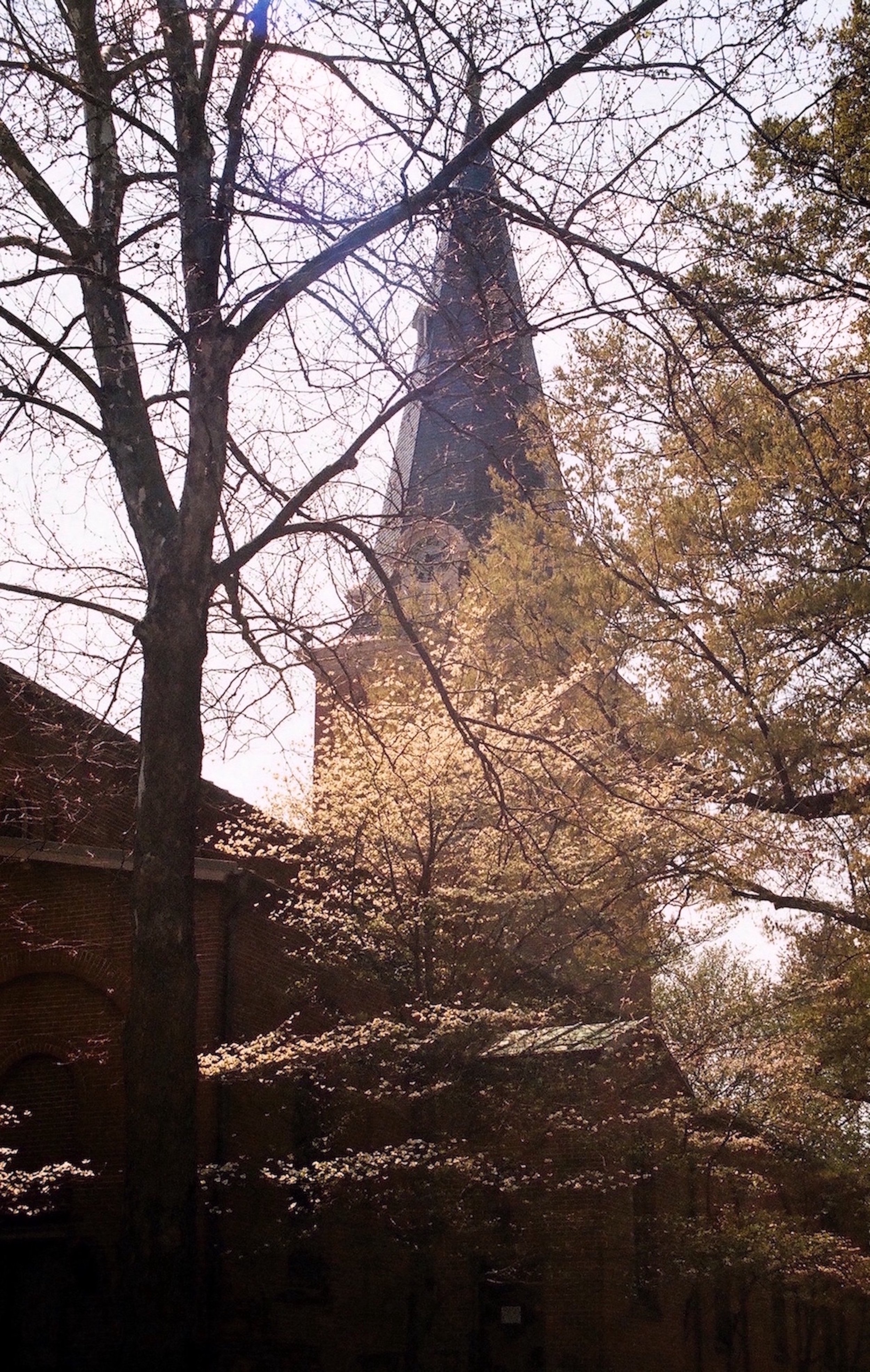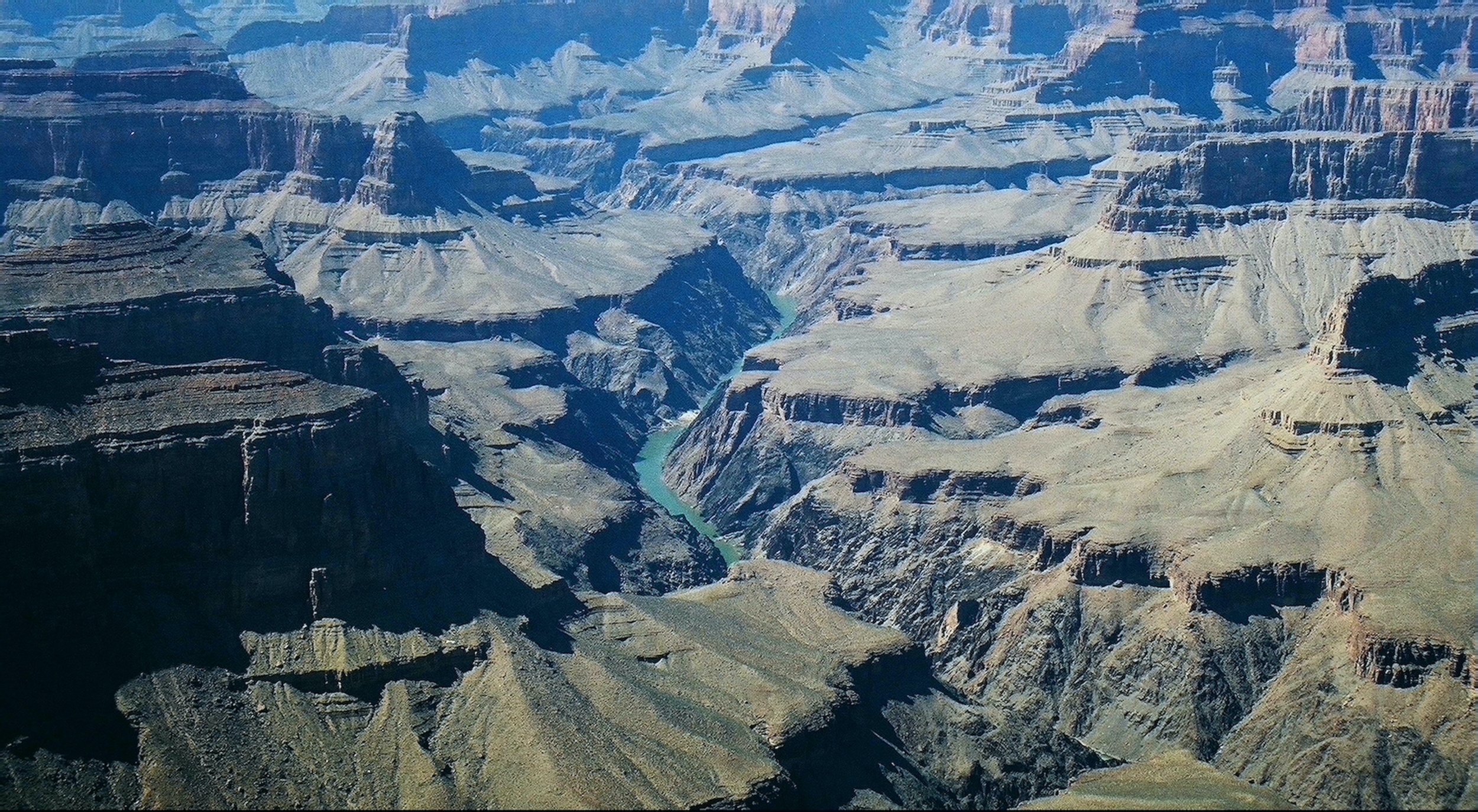Interview with Christopher Fowler
What initially inspired you to pursue photography, and how has your creative vision evolved over the course of your career?
It's an old cliche, but "what a long, strange trip it's been”:
I started out as a graphic artist—I quite literally spent my childhood drawing. Fortunately, my father was a high school librarian and every memo, every bulletin, every announcement that came into the library got forwarded to me to draw on the back of. It’s how he kept me in paper.
I became interested in making animated movies—essentially bringing my drawings to life. I then shifted over to making live-action movies (this was the golden age of Super-8 home movie film). I became more aware of and interested specifically in cinematography—a now little-watched film of Ingmar Bergman’s, “The Touch” (Sven Nvkvist was the cinematographer), was a particular inspiration.
I can’t now remember whether I wrote for, or just seriously thought about writing for, the application to the New York University Film School—with my father’s blessing: he said he thought I "had the eye”. But in the end, I lost my nerve and, instead, went to the small liberal arts college where most of my father's family had gone. That said, my Freshman advisor was a professor who, himself, was interested in filmmaking, so I hadn’t entirely given up the idea.
It was while I was in college that the Metropolitan Art Museum had a retrospective show of the photographer Edward Steichen. Newsweek magazine, which I was taking at the time, devoted a full page to his famous early-color photograph of the flatiron building, which, in one form or another, has been on my wall ever since. It made me recognize what photography truly could be and remains the “ghost” I am chasing in my own work.
I don't know that I've ever not been an artist, but it also hasn't always been in the same medium: drawing, filmmaking--I even tried writing at one point, both fiction and poetry, the latter with some modest success. I belonged for a time to an organization called "The Fellowship of Quakers in the Arts" which had a publication I had gotten some of my poetry into and which, at one point, organized an art show in Philadelphia. For that, they sent out their call to everyone on their mailing list, artists and writers alike, and, since they'd done so, I submitted three of my photographs. To my surprise and pleasure, they juried in all three. And, as a result, it's been photography ever since. (I've since wondered what would have happened had they not taken any: would I still be writing poetry, showing my vacation pictures to my coworkers and smiling indulgently at their exhortations I was in the wrong profession?).
Dylan Thomas emphasized that art is about telling the truth. In your photography, how do you capture and convey the truth of your subjects?
I strive to recreate, in the finished image, just what I saw through the lens.
Given your commitment to capturing images without tricks or manipulation, how do you ensure that your photographs convey the depth of emotion and authenticity you strive for, especially in an era where heavily edited images are common?
Another photographer online once pointed out, I believe correctly, that photography is a “subtractive” rather than an “additive” art.
The subjects that capture my attention contain, in themselves, an emotional, even spiritual, quality--that’s what reaches out to me. Composing a picture and, as needed, later adjusting the framing of it, involves becoming clear about what it was that actually drew my attention and then cropping out the things that distract from it.
In your professional journey, what have been some of the most significant challenges you've faced, and how have you adapted your approach or technique in response to these challenges?
I feel a bit sheepish in admitting it, but, instead, I’ve been surprised, even amazed, at the success I've had.
There are, of course, the technical challenges from continuing to work in film—finding film suppliers and processors. For a time, I figured I would be compelled to switch over to digital photography despite my preference for the film image, but, although I still consider myself one of the dinosaurs who sees the asteroid coming, I no longer think film photography will die out before I do…
You mention a preference for minimal technical complexity in your photography, focusing instead on what is 'deeply felt'. Could you share how this approach influences your choice of subjects and the way you compose your shots?
It’s another well-worn cliche, one which I’ve heard from many famous photographers—Cartier-Bresson may have been the original—that I don’t so much take photographs as they take me. It's the particular scene that calls out to me, the interplay of its abstract elements—lines, planes, textures, colors, light and shadow. (It’s why I always carry the camera). The fullness of that experience is what I then strive to convey.
How have the insights of Dylan Thomas, Georgia O’Keeffe, and Joseph Campbell directly influenced your approach to photography?
There have been three statements that resonate with my approach to photography:
The first is from Dylan Thomas, who said art is about telling the truth.
The second is from Georgia O’Keeffe, who said what appeals to us about mountains and rocks and trees is not that they’re mountains and rocks and trees, but rather their abstract qualities, the lines, planes and textures they present to us.
The third is from Joseph Campbell, who said it’s the task of the artist to convey the radiance behind the physical reality.
Dylan Thomas, I don’t do photoshop or otherwise manipulate images, aside from cropping and, when needed, truing the horizontals. I don’t even use filters or a lot of different lenses (admittedly I do have a zoom lens, but my tendency is to use it in the wide-angle length so as to get the greatest possible depth of focus).
From Georgia O’Keeffe, it’s the interplay of the abstract elements of the subjects I choose (or, actually, that choose me) that characterize my work.
And from Joseph Campbell, my intention is not just to depict or capture what I photograph, but rather to convey to the viewer the experience of it.
I’ll also mention Campbell’s remark that artists are the counterparts to shamen in traditional societies: it is our visions that keep our communities correctly oriented. Art as a spiritual undertaking has a great resonance with me.
How do you decide on the equipment and technology you use for your photography? Do you have any preferred gear or software, and how do they enhance your work?
A photographer I was in a show with at a local gallery once said--I believe correctly--that you can take good pictures with any camera. It’s a question of coming to understand the particular characteristics, the capabilities of the camera you’re using—what it is and is less able to capture. My camera (perhaps as proof) is a Ricoh KR-30F that will soon be 40 years old (it was bought in 1986).
I considered at one point switching over from 35mm to medium format film, but I then came to recognize what I wanted to do was convey that my images were things people could see themselves. The familiarity of the 35mm frame, I believe, reinforces that.
As regards software, I have a Mac and use the photo-editing software that came with it.
How do you stay current with the ever-evolving trends in photography? Do you feel it's important to follow these trends, or do you prefer to forge your own path?
I follow several photography- and art-related series online, though mostly for inspiration, maybe even reassurance (as a film photographer, I’m pretty much out of the mainstream of where photography is these days). I enjoy seeing what others are doing and what has inspired them.
I also live within a driving distance of Philadelphia, Baltimore, Washington, DC, and Richmond, VA, and so have access to the many excellent galleries in and around each—not just for photography, but for art generally. (One of the turning points in my development was a retrospective at the Philadelphia Museum of Art in the early 1980s of the painter Thomas Eakins; his use of light and shadow, and, in particular, of raked light, has permeated my work ever since).
Can you share a story behind one of your most memorable photography projects? What made it stand out for you, both professionally and personally?
"From Momi's Room" is the picture I would choose at the moment. (Like other artists, my favorite piece is usually the most recent).
The Finland series of photographs generally is the one closest to me. They're all taken in the archipelago of islands off the southwestern coast and, in particular, on the island where my mother's family--she was from Finland--has their summer house (one of my Finnish cousins and I are now the owners). I spent whole summers there a couple of times when I was a child, then two successive summers when my father took his sabbatical and I went to school with my cousins for the year in between and, since then, my wife and I have been able to spend a few weeks there every other summer. It's a place where "the earth knows me”.
"Momi" is a diminutive of "Mormor", the Swedish term for grandmother (Finland is a bi-lingual country of both Swedish and Finnish speakers and Mom's family are Swedish-speaking Finns). Her room is the one we sleep in and the view, taken in May of 2023, is out her window. It's another image I just happened to see and had the camera ready. The white cloth at the lower right corner may be her handiwork and it's draped over the cover of her sewing machine.
Like with Monet's Giverny, I expect people would be surprised to discover how small the island turns out to be, given the number of images I've taken there over the years. It's maybe five-minutes' walk from one end to the other on the long dimension and, on the short dimension, you can stand in the middle and see both shores. Still, for me, its photographic possibilities have yet to be exhausted.
What advice would you give to aspiring photographers who are just starting out in the industry? What do you think are the key elements for success and growth in this field?
It’s the task of all artists—of everyone, really—to come to recognize your “voice” and then continue to clarify and refine it.
“Success and growth in this field” is, to some extent, an elusive goal--hard, finally, to pin down, subject to external forces and tastes that can be hard to comprehend, and finally beyond people’s control. There are any number of photographers—of artists—whose fame and recognition came only toward the end of their lives, for some, only after death.
If you remain true to yourself and your voice, and feel that is what you’ve been able to express, then whatever external success you receive—or don’t—will be secondary.
(Someone once said that the measure of success in art is the capability to make more art).














